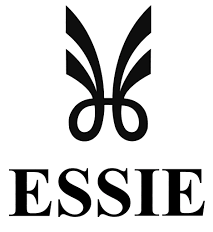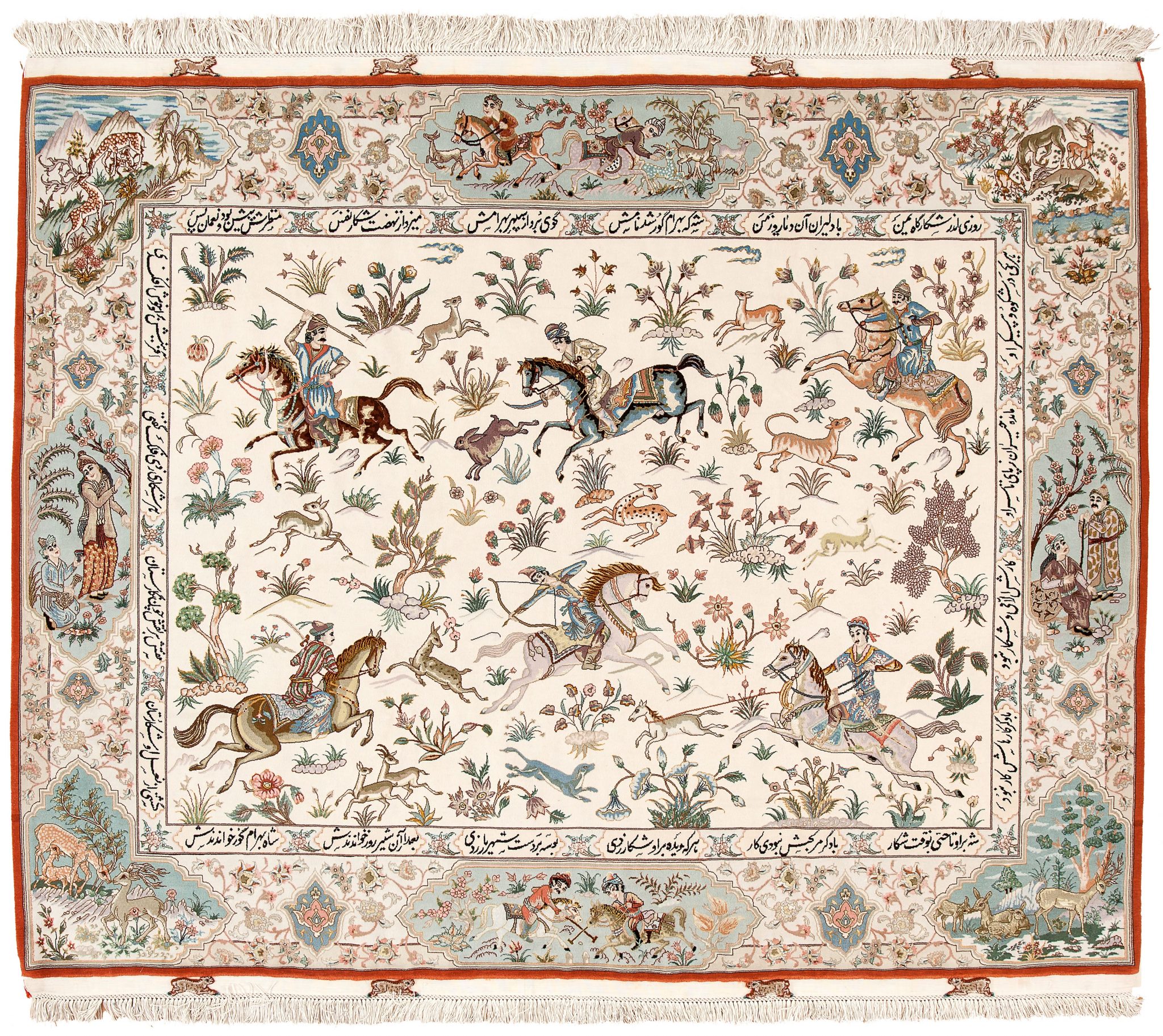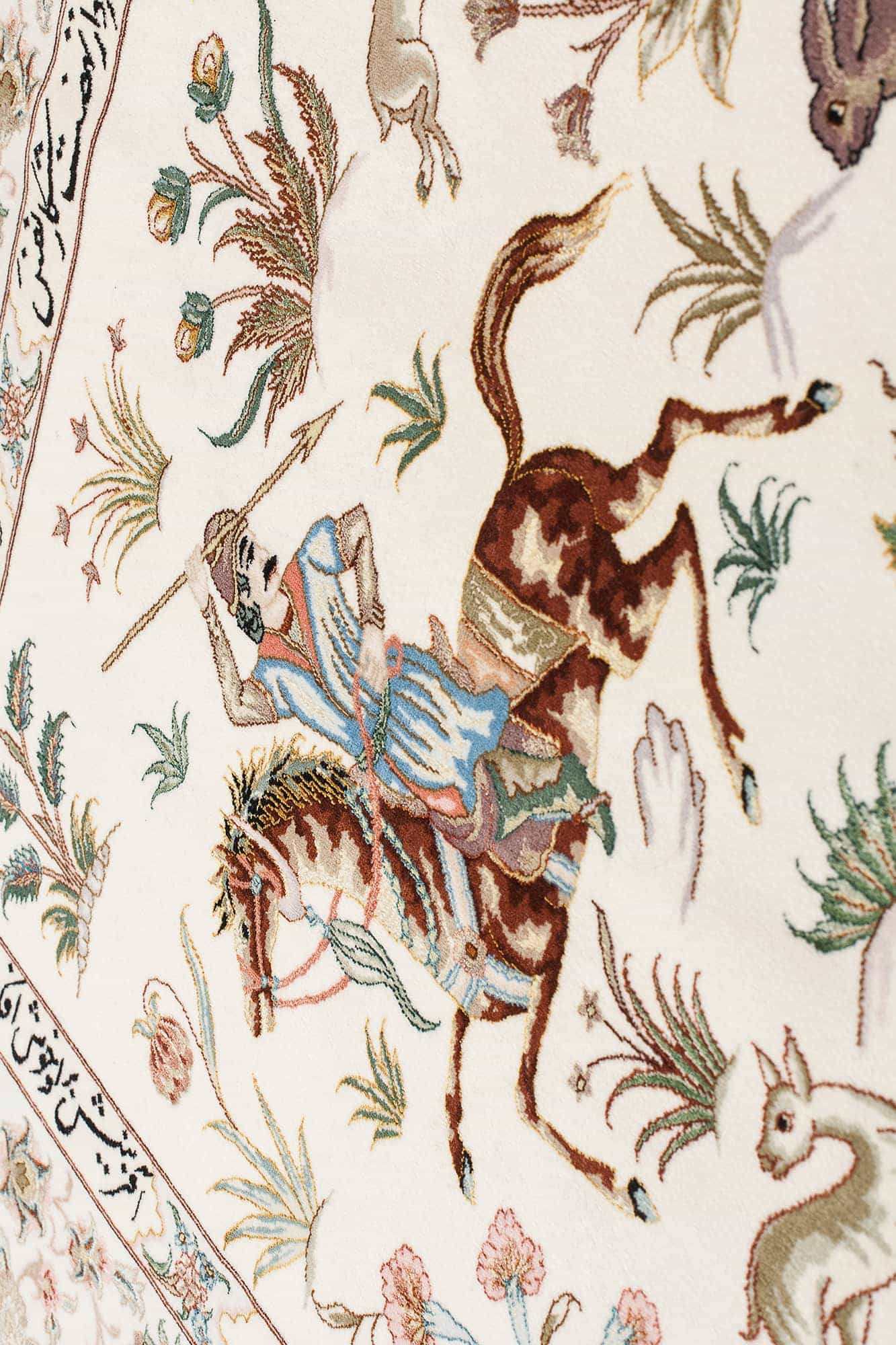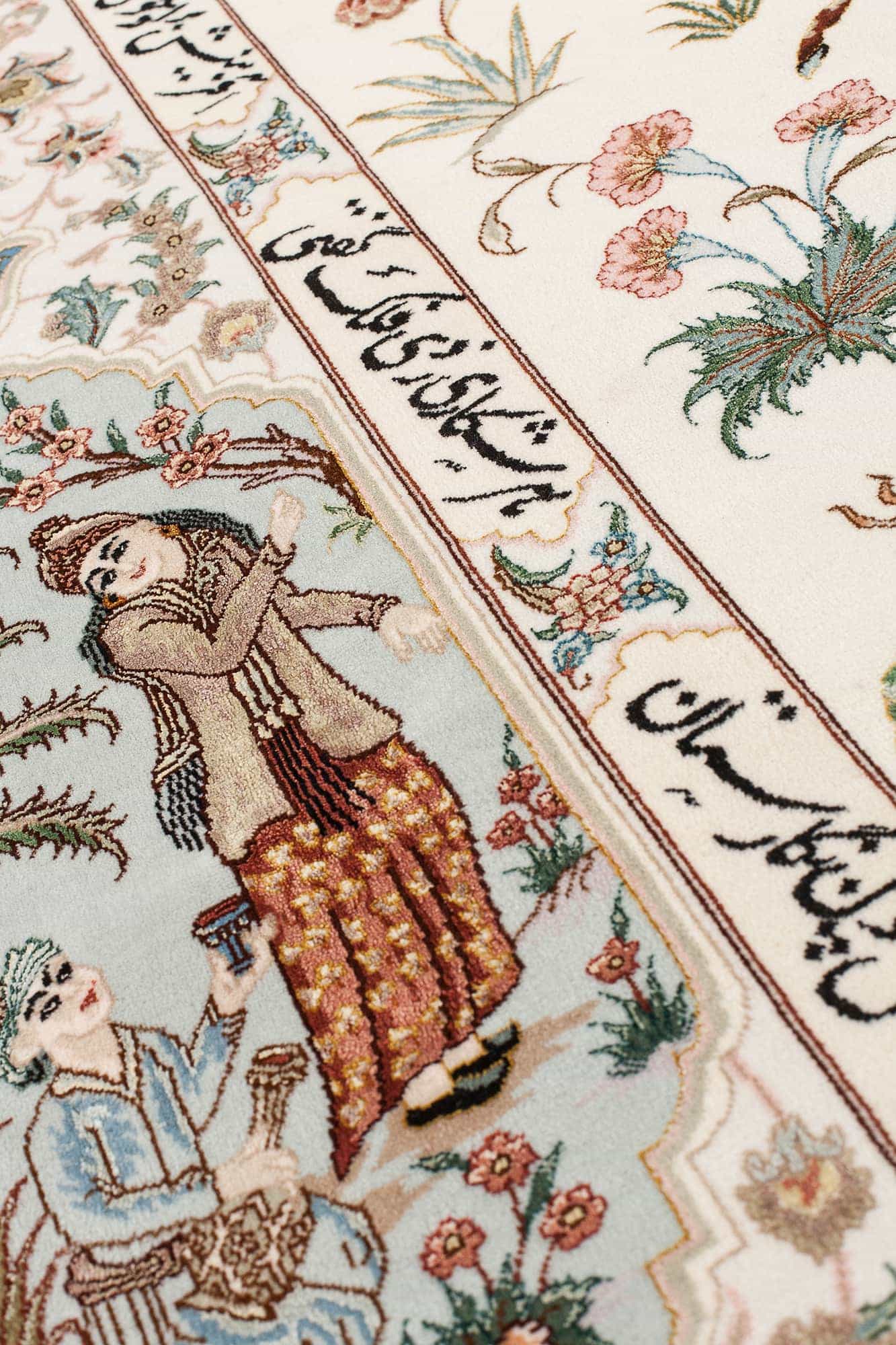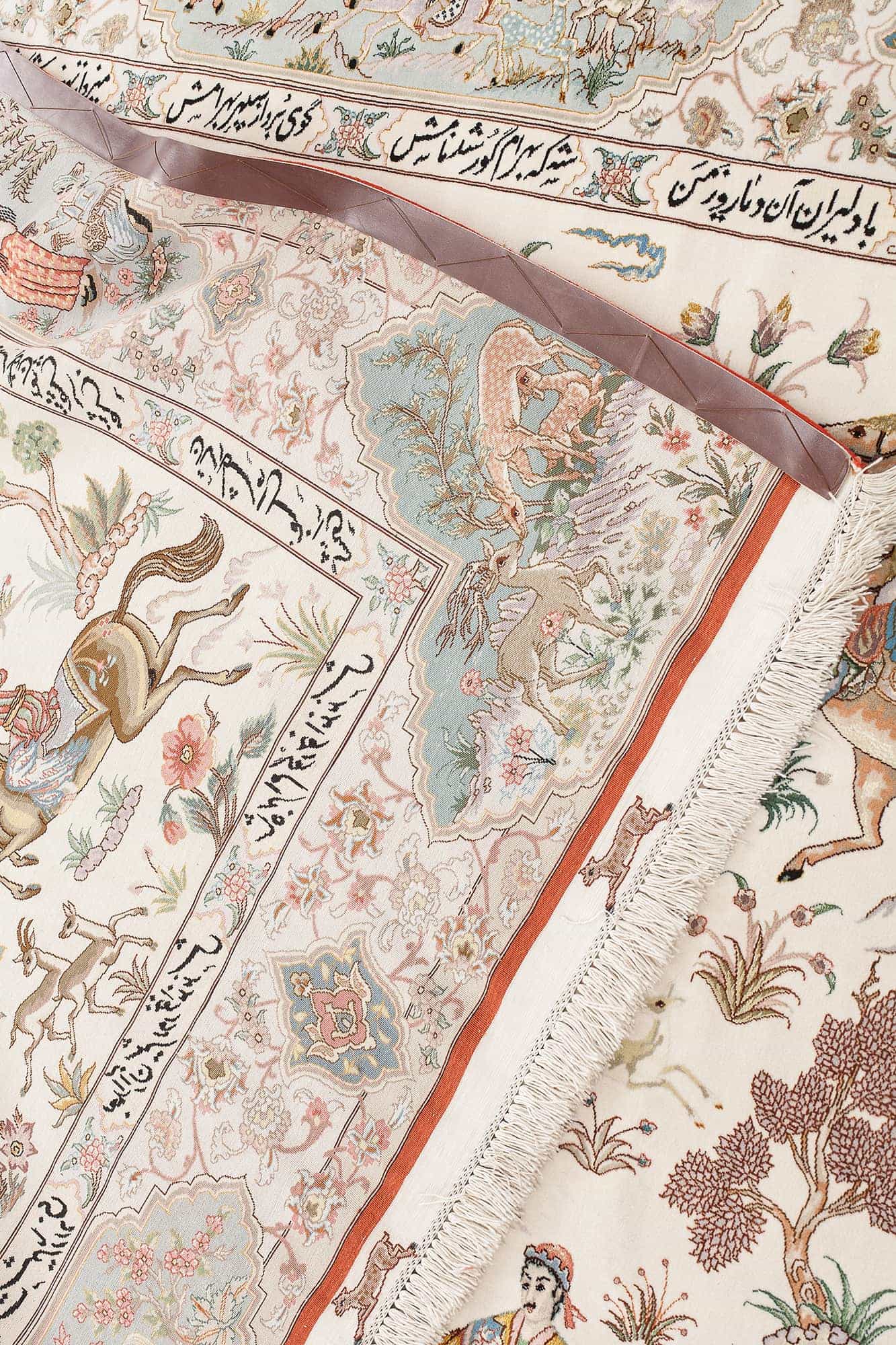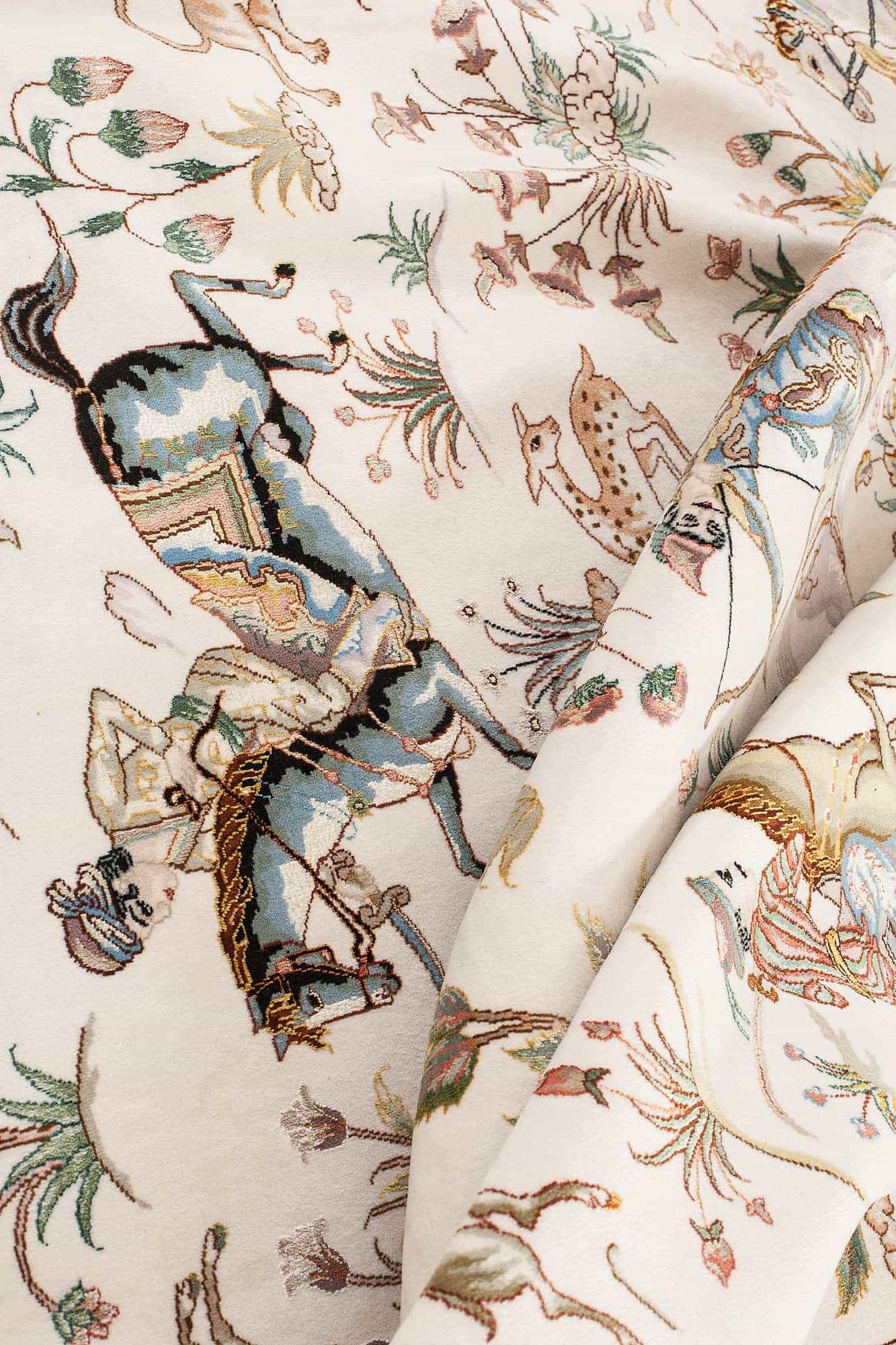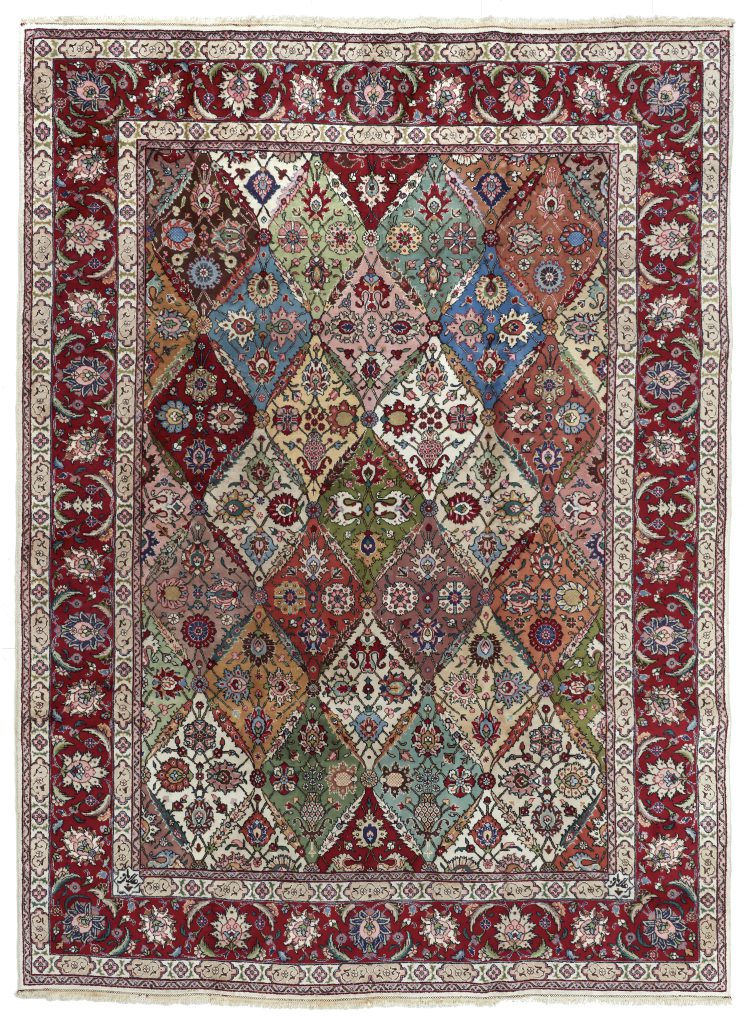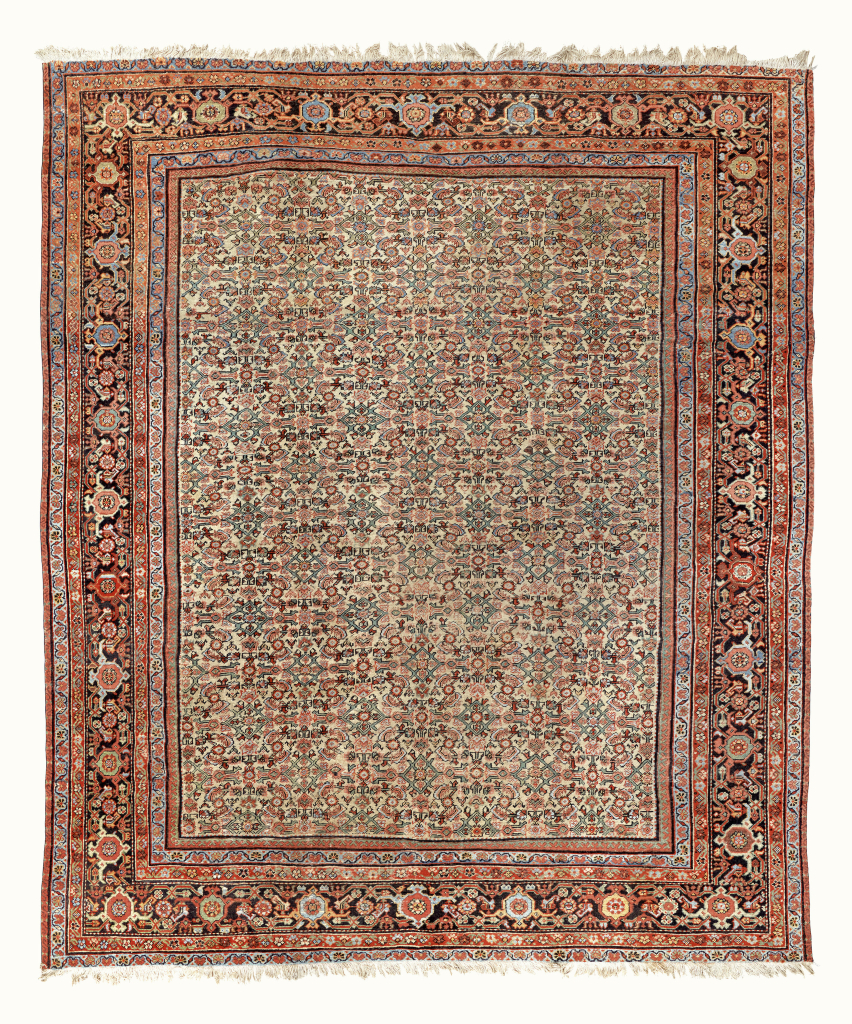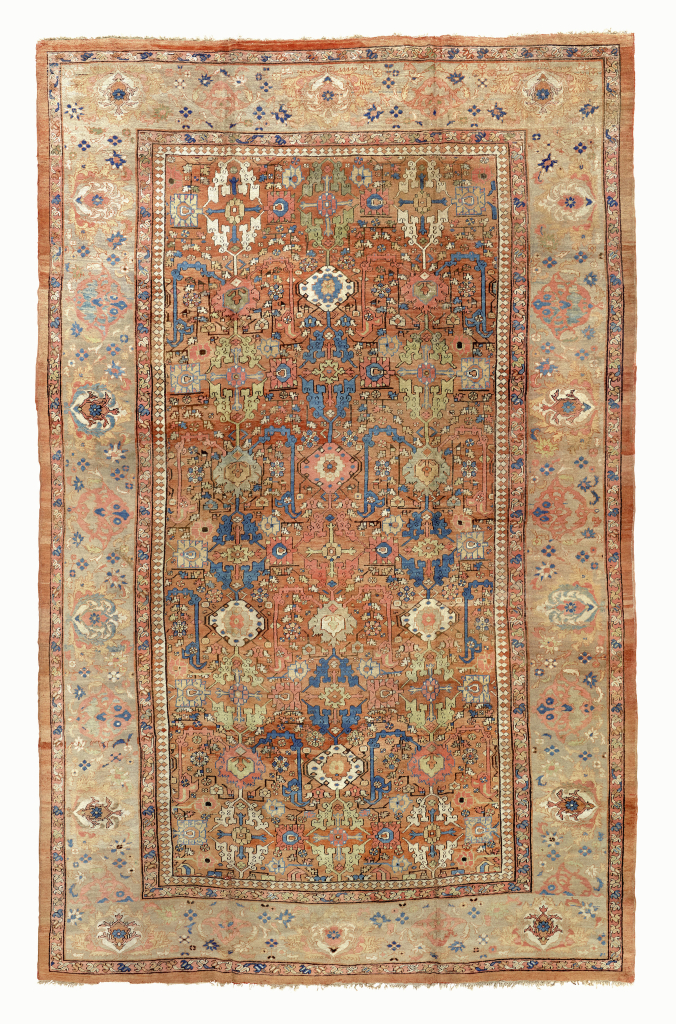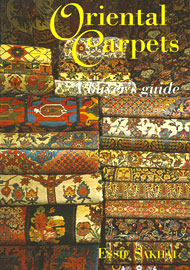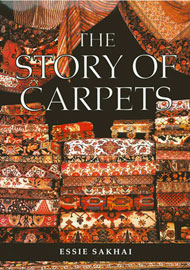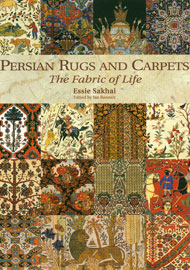An Exceptionally Fine Persian Tabriz Hunting Scene Rug
Rug #529Fine Persian Tabriz Hunting Scene
An Exceptionally Fine Persian Tabriz Pictorial Rug, North West Persia, Kork Wool with Silk Highlights on Silk Foundation,
Mid 20th Century
The ivory field with horsemen in pursuit of prey amongst scattered flowering plants within an ivory border enclosing pictorial cartouches supported by bell shaped pendants in filled with flowering vines, an inner guard border with nastaliq inscription cartouches
Since the 16th century the city of Tabriz has been an important historical centre for the production of outstanding and significant decorative handmade Persian carpets.
Historically Tabriz, primarily due to Geographical location has always attracted a multi-cultural populace, which over time has resulted in a huge and varied repertoire of design styles of ‘medallion’ and overall repeat patterns, pictorial rugs including hunting scenes influenced by Persian history, verse and mythology. The weavers of Tabriz are well known for their skill and ability to adapt to evolving demands. From the ‘Golden Age’ of carpet art creativity of the 17th Century, Tabriz has maintained continuity in pursuit of excellence and due to increase of interest and demand for ‘all things Eastern’ in Western markets from the late 19th century the talented Tabriz weavers responded accordingly. The considerable increase in demand from the late 19th Century onwards is often referred to as the ‘Revival’, and by the time of the Pahlavi dynasty, established in 1925, the ‘Revival’ was well under way. Persian Tabriz carpets made at this time and moving forward to the present day display designs based on 17th century ‘Safavid’ carpet designs and also ingenious new styles of design based on wider influences and the desire to be adventurist.
This exceptionally fine Persian Tabriz rug is a magnificent example of Persian ‘revivalist’ weaving, presenting a hunting scene from the verses of the Persian poet Ferdowsi. The depiction includes the Bahram Gor (Bahram V), specifically from Ferdowsis’ famous literary work ‘Shahnameh’ (Book of Kings) identified in the finely woven nastaliq script in the border cartouches. Bahram Gor, (Bahram V) was the Sasanian King of Kings, (Shahanshah) from 420 to 438. Bahram is in Islamic-era literature often known by the epithet of Gur/Gōr (Jur in Arabic sources), meaning “onager/wild ass”, seemingly due to his fondness of hunting the animal. The onager was the fastest animal in the deserts of Central Asia Central Asia even causing difficulties for an experienced rider to catch it. The mounted hunters are drawn with exceptional detail showing the animals and figures given depth by contrasting colour shading. The scene is given a high degree of realism as the animals and hunters are shown in varying orientations giving a remarkable sense of movement and fluidity to the artistic composition. The colours are in the main are soft and pastel in tone, consistent with 20th century ‘Pahlavi’ woven artistry. The pattern elements are uncrowded which gives an open airy appearance.
This Pictorial Persian Tabriz rug is an accomplished work of woven art of the highest technical quality woven with close cropped Kork wool, with silk highlighting allowing for extreme detailing to be created.
This wonderful Persian Tabriz rug represents a superb example of the pictorial genre, made by highly talented, experienced weavers.
Discover more information in Persian Tabriz Carpets and Rugs: The Fabric of Life by Essie Sakhai

Delivery
Delivery
Enjoy Complimentary Express Delivery at Checkout
Free express next-day delivery on all UK orders.
Free express delivery on all international orders above £2,000.
Estimated Delivery Times
Please allow between 1-3 days for UK, Europe and United States destinations and 5-7 days for Far East, South America, Middle East destinations.
Please note that orders placed after 12pm (UK time), on the weekend, or during holidays will be processed on the following business day. You will be provided with a shipping tracking number once your order has been shipped.
Collection from our Mayfair London showrooms
In-store collection will be ready within 1 business day. To collect in-store you will be required to show confirmation e-mail, official photo ID (passport or driving license) and the payment card used for the order. If someone else is collecting on your behalf, please make sure they bring a letter of authorisation that permits this person to collect on your behalf, official photo ID of the purchaser and of the person collecting and confirmation e-mail.

Exchanges
Exchanges
Essie Carpets offers clients a lifetime exchange service on any items purchased from us should you wish to change your carpets at any time in the future, subject to the item being in good condition; this can be particularly useful when redecorating your home, or when an upgrade in type or quality is desired.

Payment
Payment
Payments are accepted via credit card or debit card with a valid billing and shipping address*. Accepted credit cards are Visa, American Express, and Mastercard. When placing an order, your billing address must correspond to the address of your credit card, or we will not be able to process your order.
Bank Transfers are also accepted; in order to pay by Bank Transfer, please contact our Client Services via telephone at +44 20 7493 7766 or e-mail at sales@essiecarpets.com.
All transactions are secured. The Essie Carpets website is provided with an SSL encryption system to protect personal and payment data.
Similar Carpets
-
 Fine Persian Tabriz 'Vase Design' Carpet - Signed 340 x 256 cm
Fine Persian Tabriz 'Vase Design' Carpet - Signed 340 x 256 cmRug #7151 Fine Persian Tabriz 'Vase Design' Carpet - Signed POA
Fine Persian Tabriz ‘Vase Design’ Carpet – Signed
-
 Very Fine Persian Kerman Carpet - Old - Ardabil Design 555 x 334 cm
Very Fine Persian Kerman Carpet - Old - Ardabil Design 555 x 334 cmRug #7150 Very Fine Persian Kerman Carpet - Old - Ardabil Design POA
Very Fine Persian Kerman Carpet – Old – Ardabil Design
-
 Fine Unusual Persian Faraghan Carpet 405 x 350 cm
Fine Unusual Persian Faraghan Carpet 405 x 350 cmRug #7149 Fine Unusual Persian Faraghan Carpet POA
Fine Unusual Persian Faraghan Carpet
-
 Fine Elegant Ziegler Carpet - Mahal 518 x 370 cm
Fine Elegant Ziegler Carpet - Mahal 518 x 370 cmRug #7148 Fine Elegant Ziegler Carpet - Mahal POA
Fine Elegant Ziegler Carpet – Mahal
-
 Fine Persian Ziegler Mahal Carpet 475 x 300 cm
Fine Persian Ziegler Mahal Carpet 475 x 300 cmRug #7147 Fine Persian Ziegler Mahal Carpet POA
Fine Persian Ziegler Mahal Carpet
-
 Fine Rare Persian Qashqa'i Carpet 510 x 304 cm
Fine Rare Persian Qashqa'i Carpet 510 x 304 cmRug #7146 Fine Rare Persian Qashqa'i Carpet POA
Fine Rare Persian Qashqa’i Carpet
